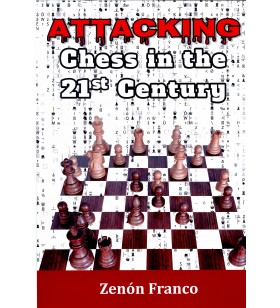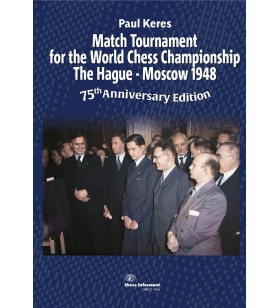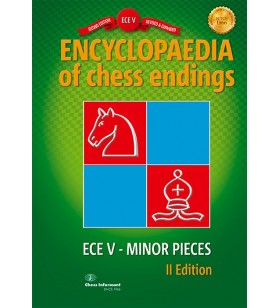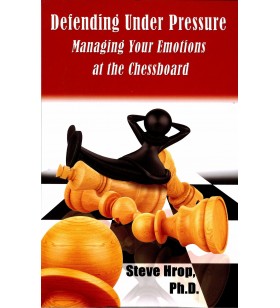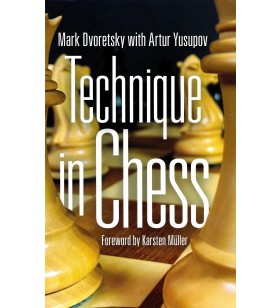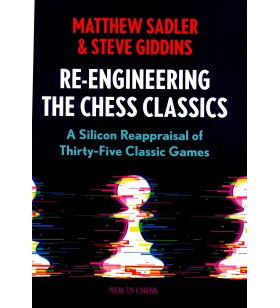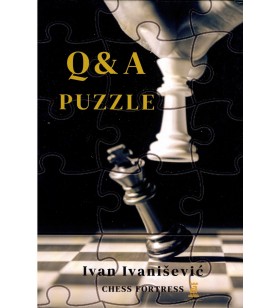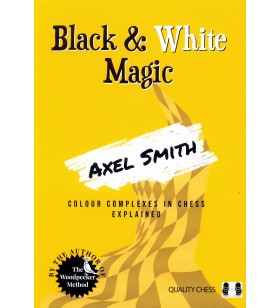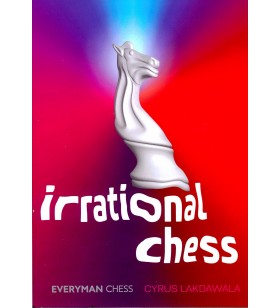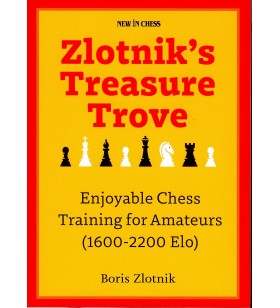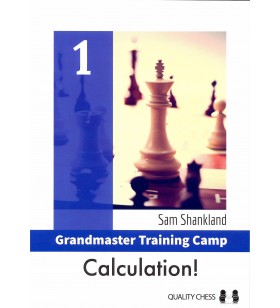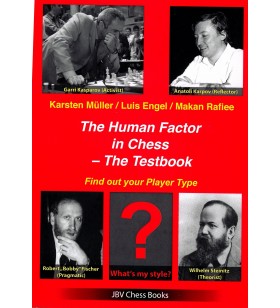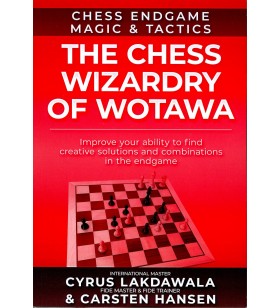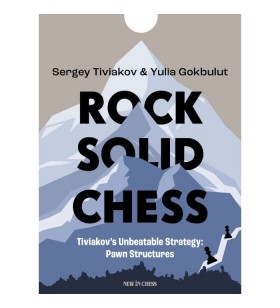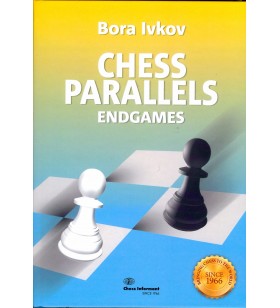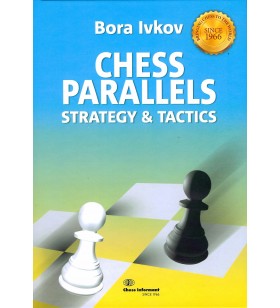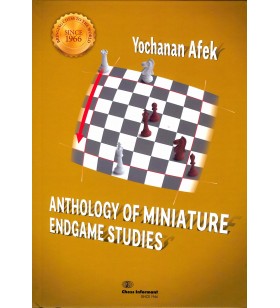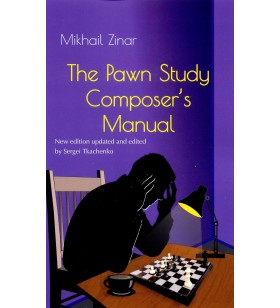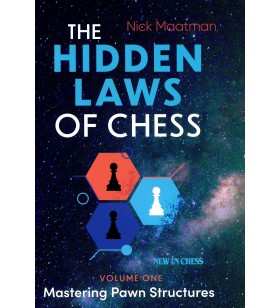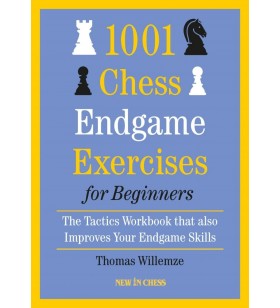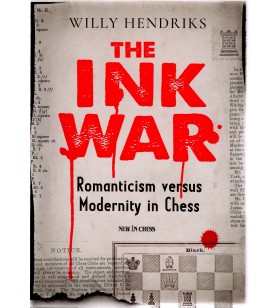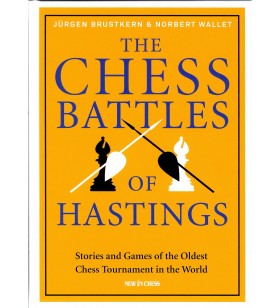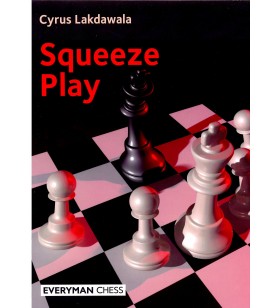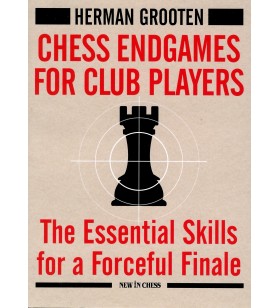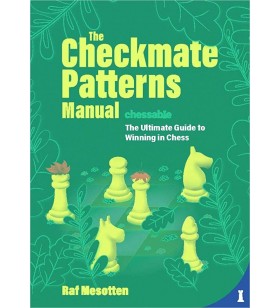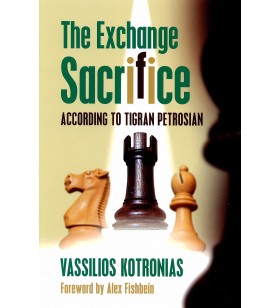Franco - Attacking chess in the 21st Century
The book consists of 36 attacking games from the 21st Century divided into four chapters.
Mastering attacking play in chess is a dream that we all long to achieve, but of course the art of attack does not arise by itself.
Constructing positions which favour the attack is the most difficult task.
In this book we shall see games with brilliant finishes, but we shall also draw attention to the different phases through which the struggle passes, in order make such finishes possible.
Attention has been paid not only to what happens on the board but also, wherever possible, to the influence of the analysis engines not only on a player’s preparation for the game, something that has become more important in these early years of the new century, but also on the practical context of the game.
The games are prefaced by brief biographical information and a short description of the events of the game.
After each game some lessons are highlighted. 254 pages

 Français
Français Nederlands
Nederlands English
English
